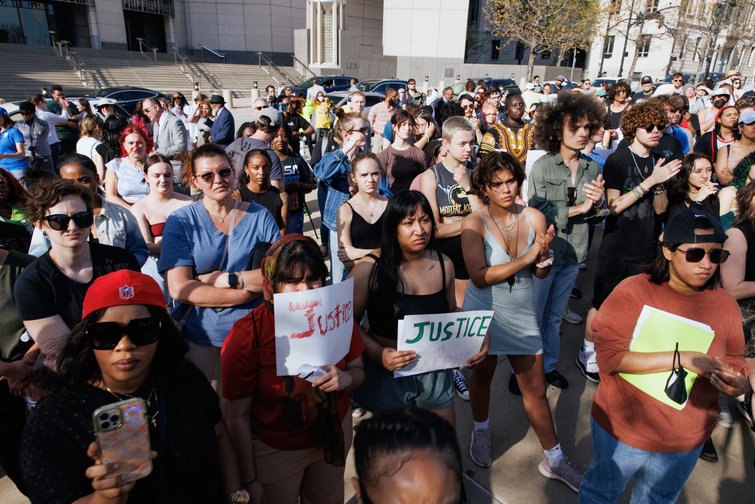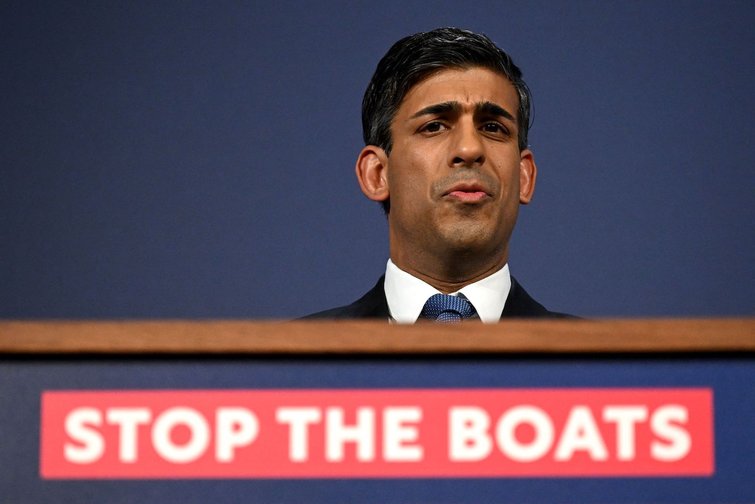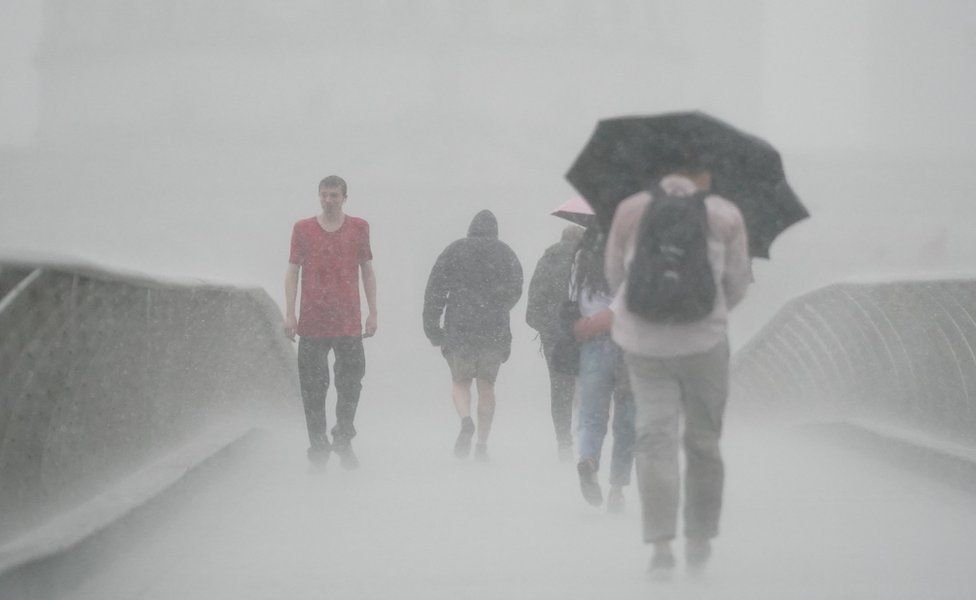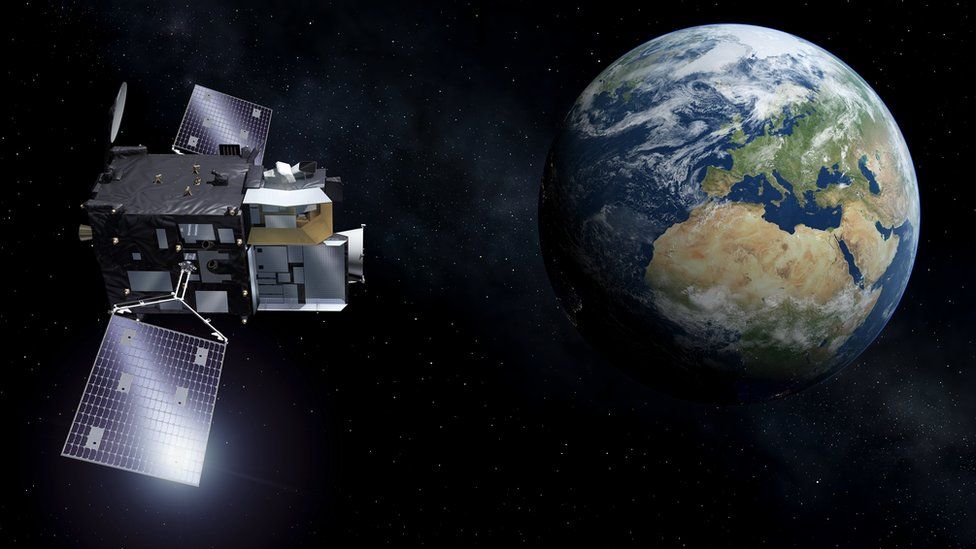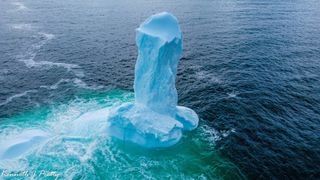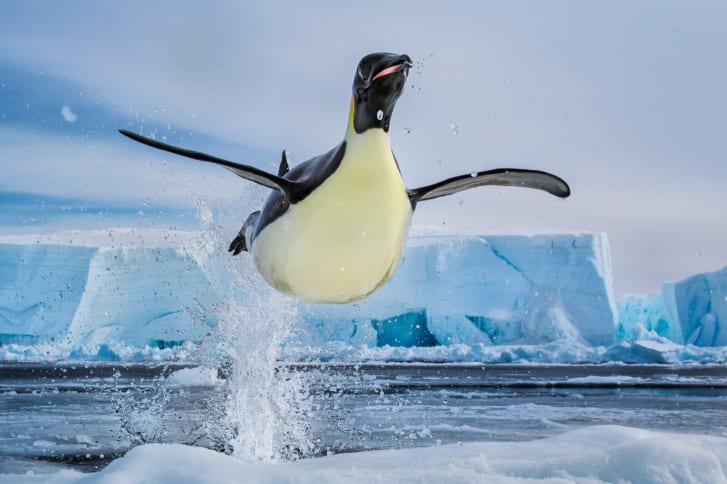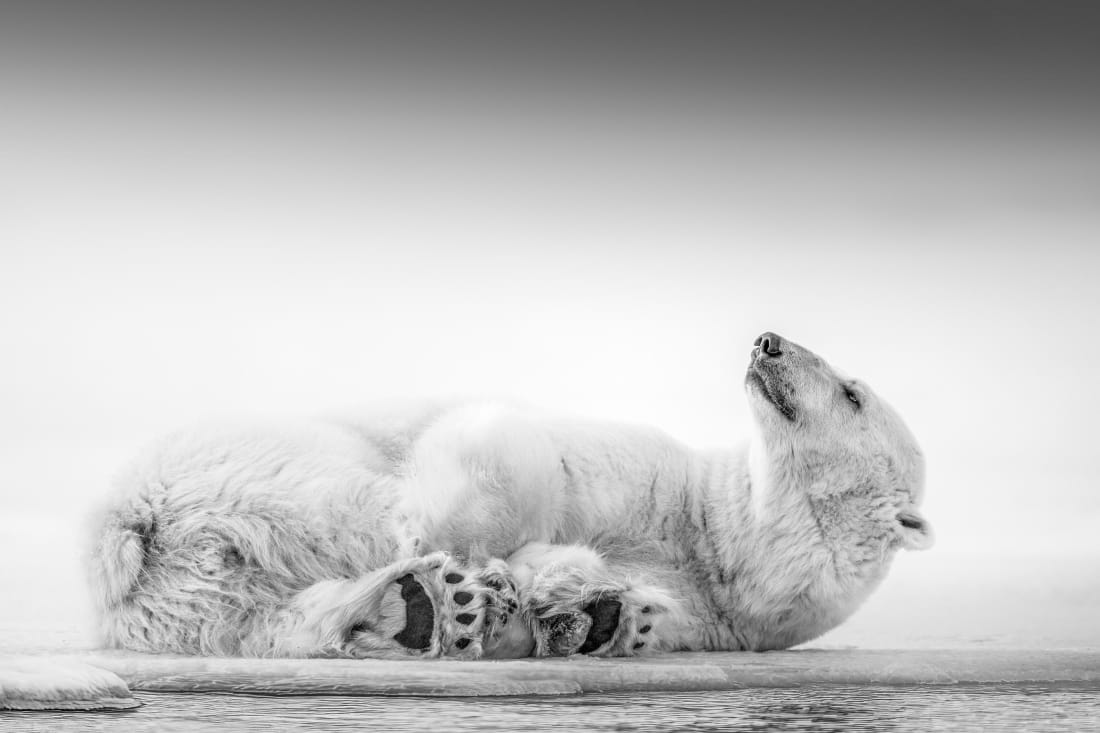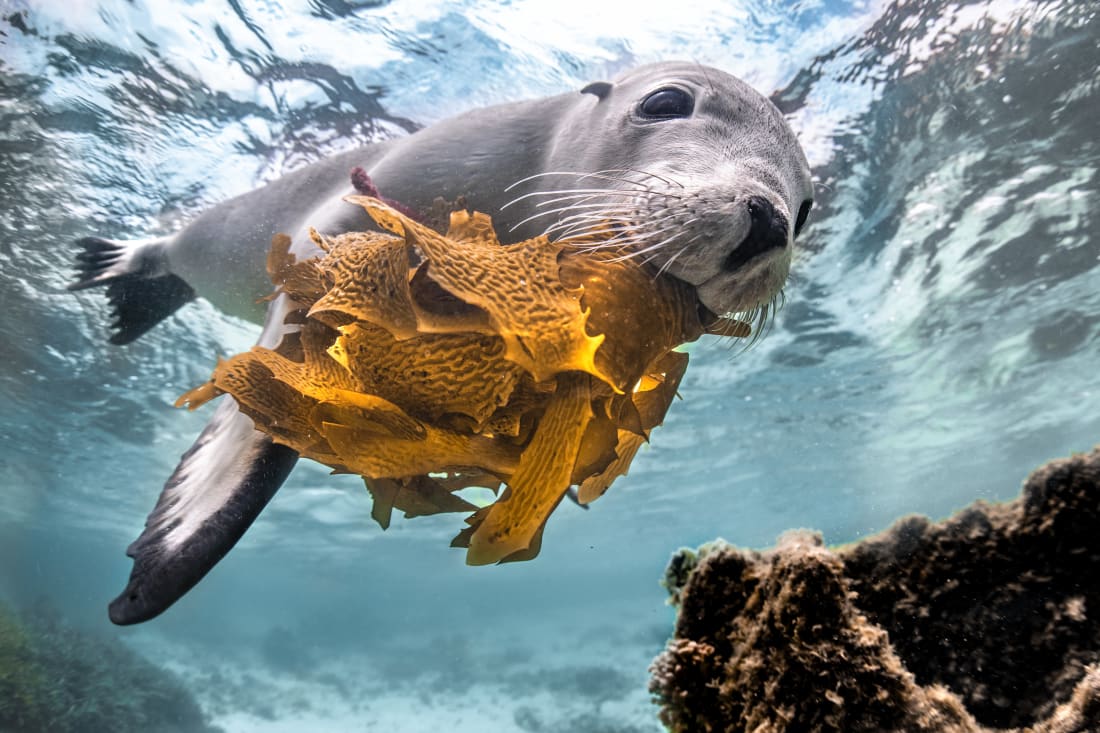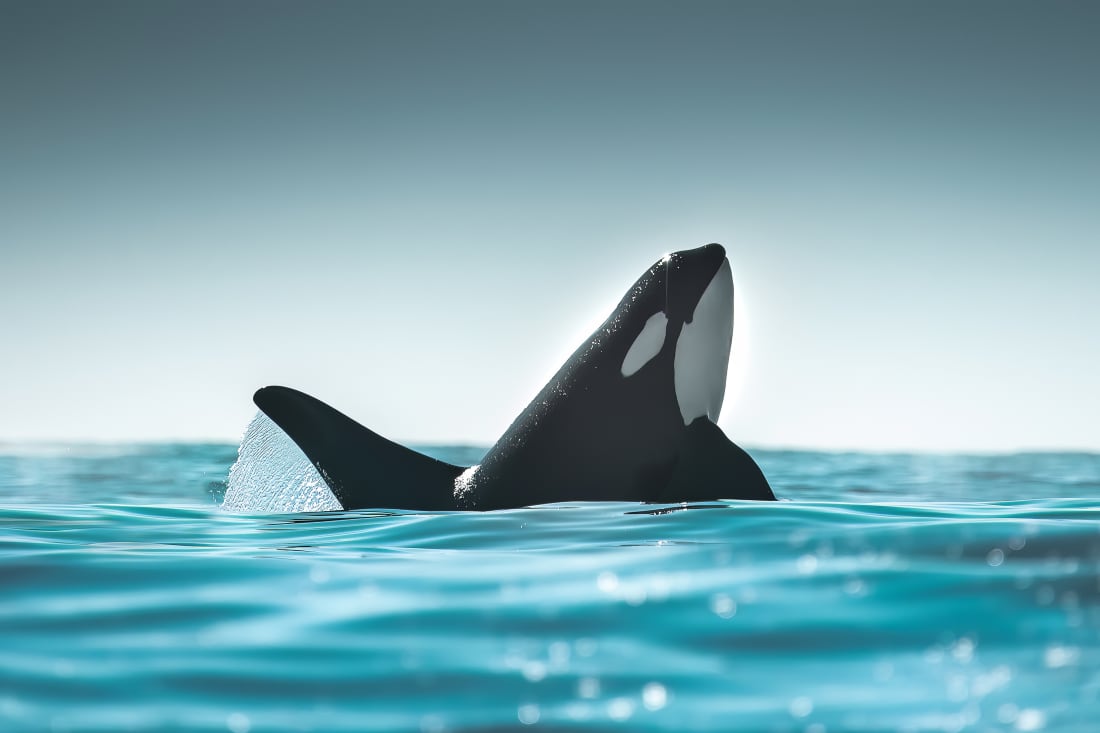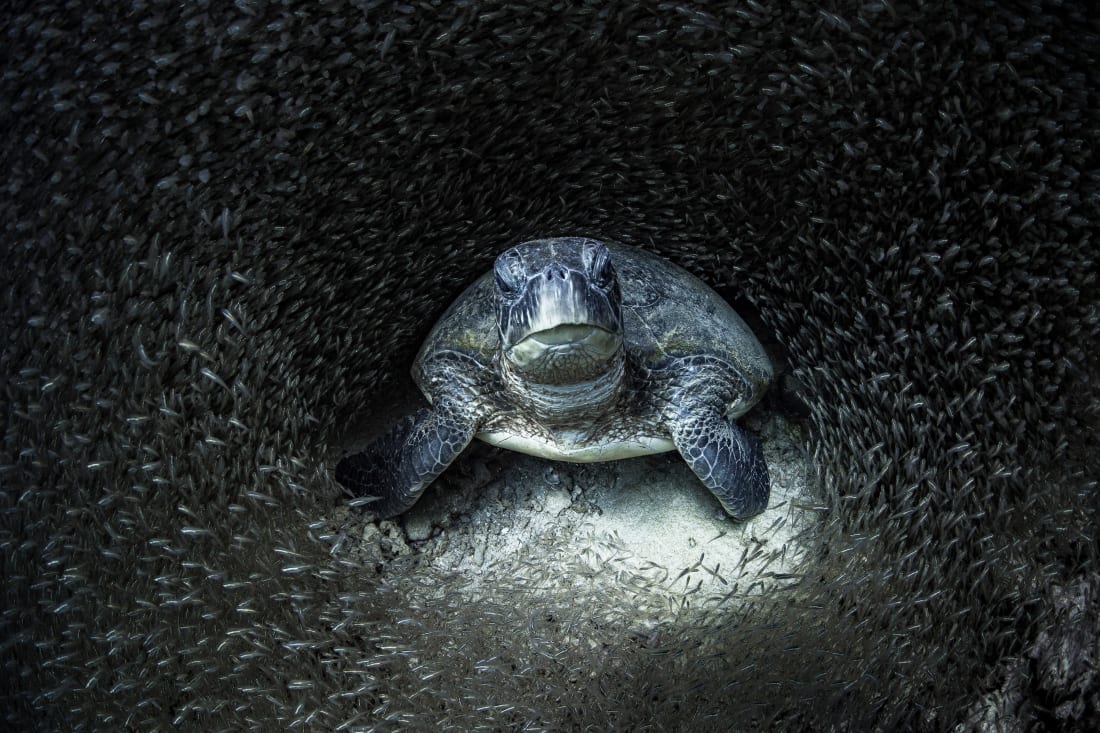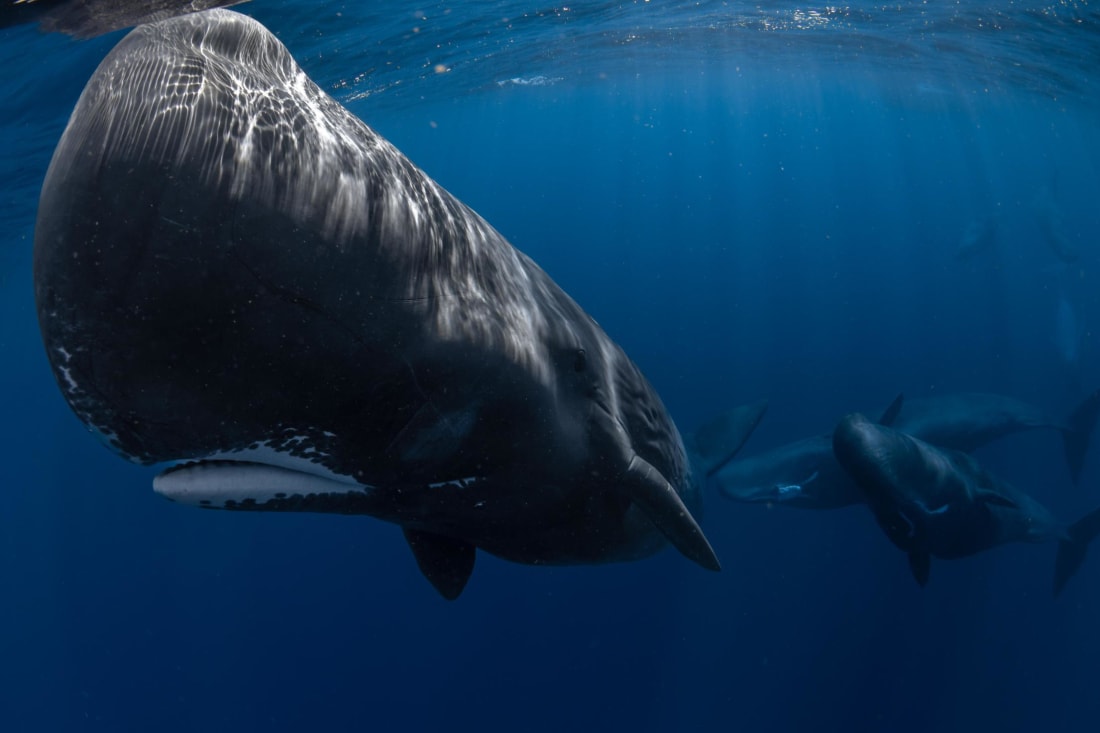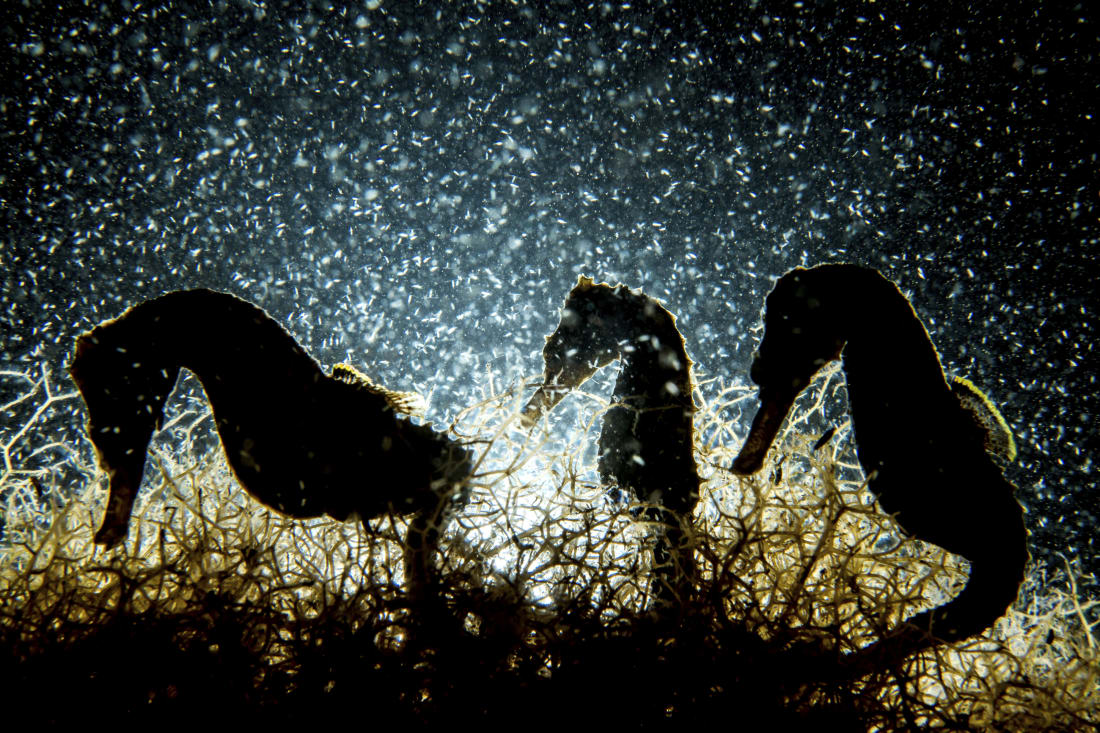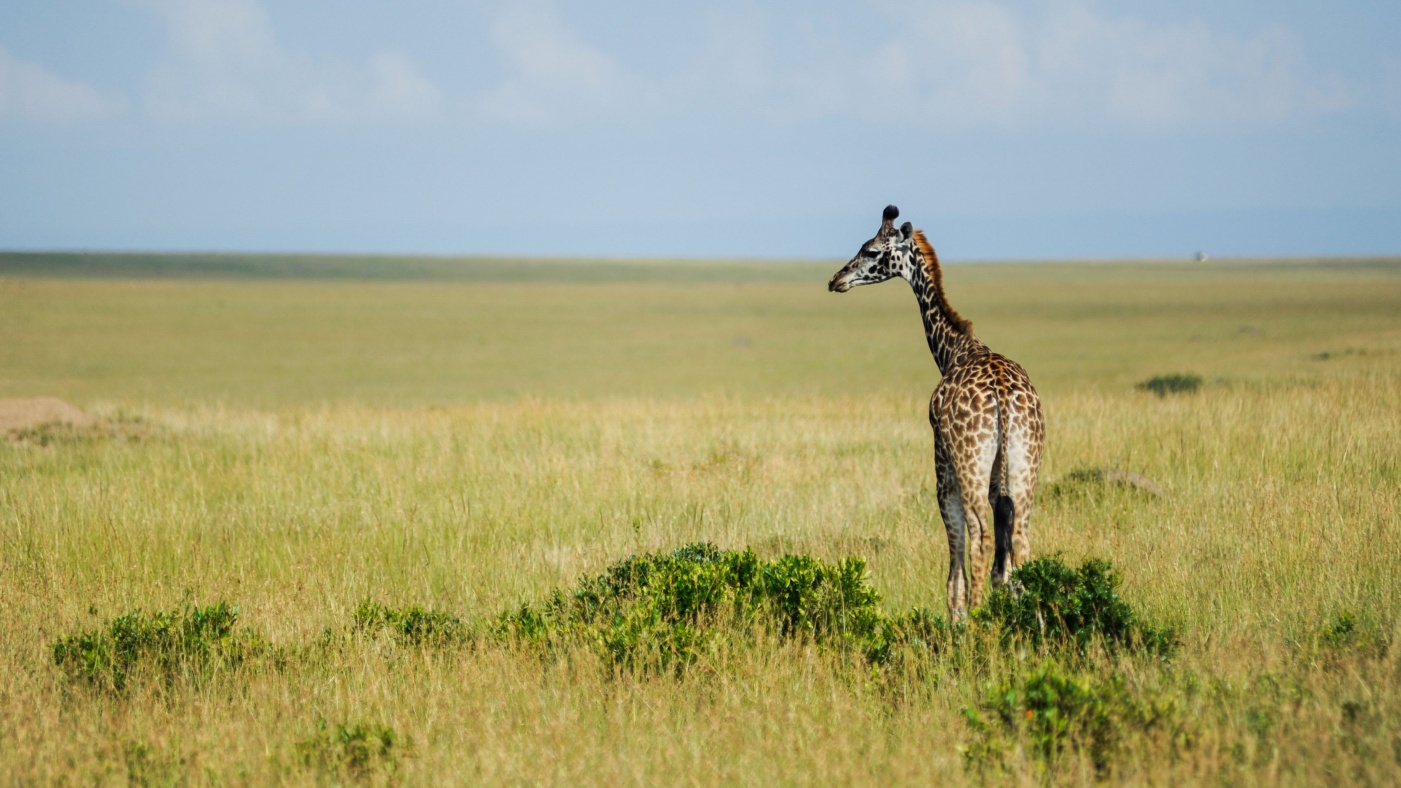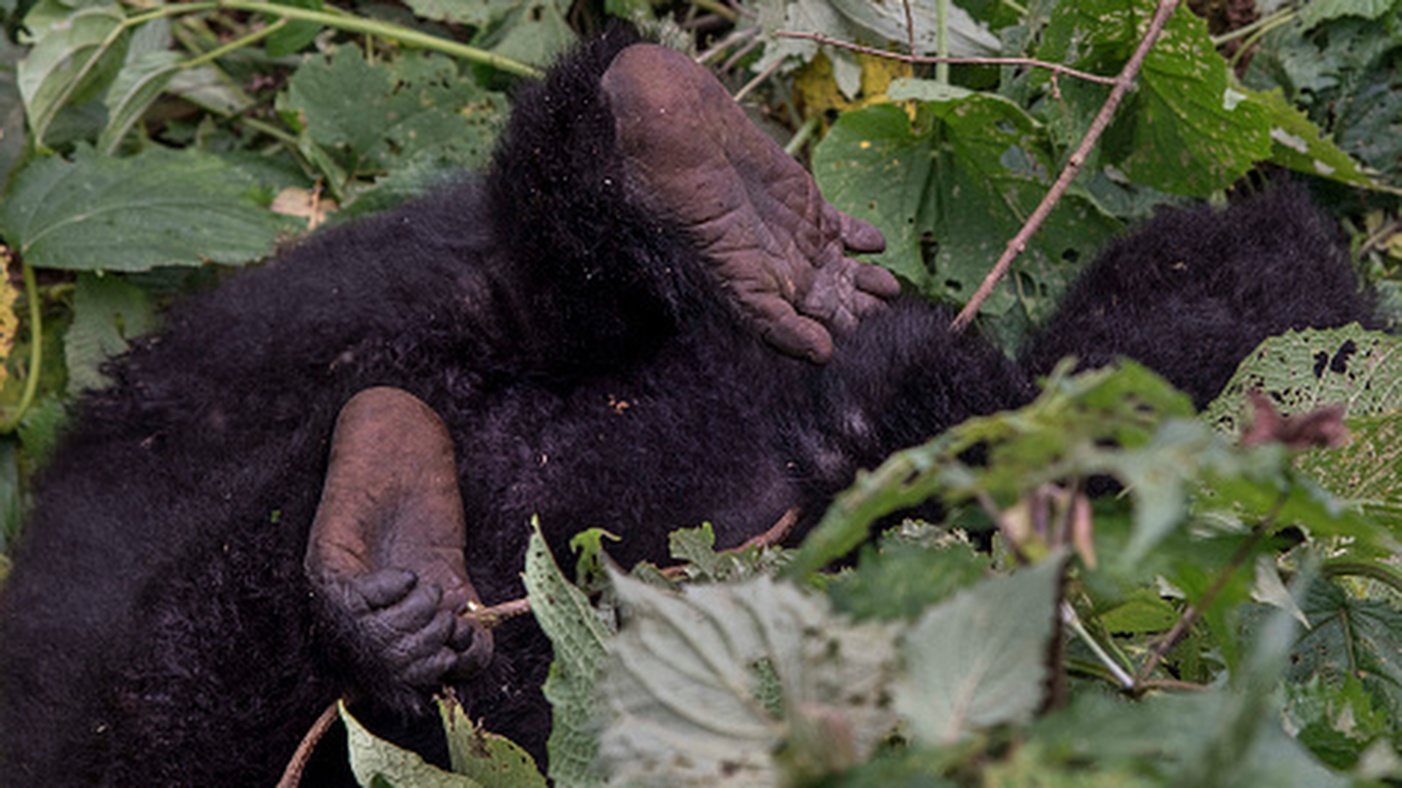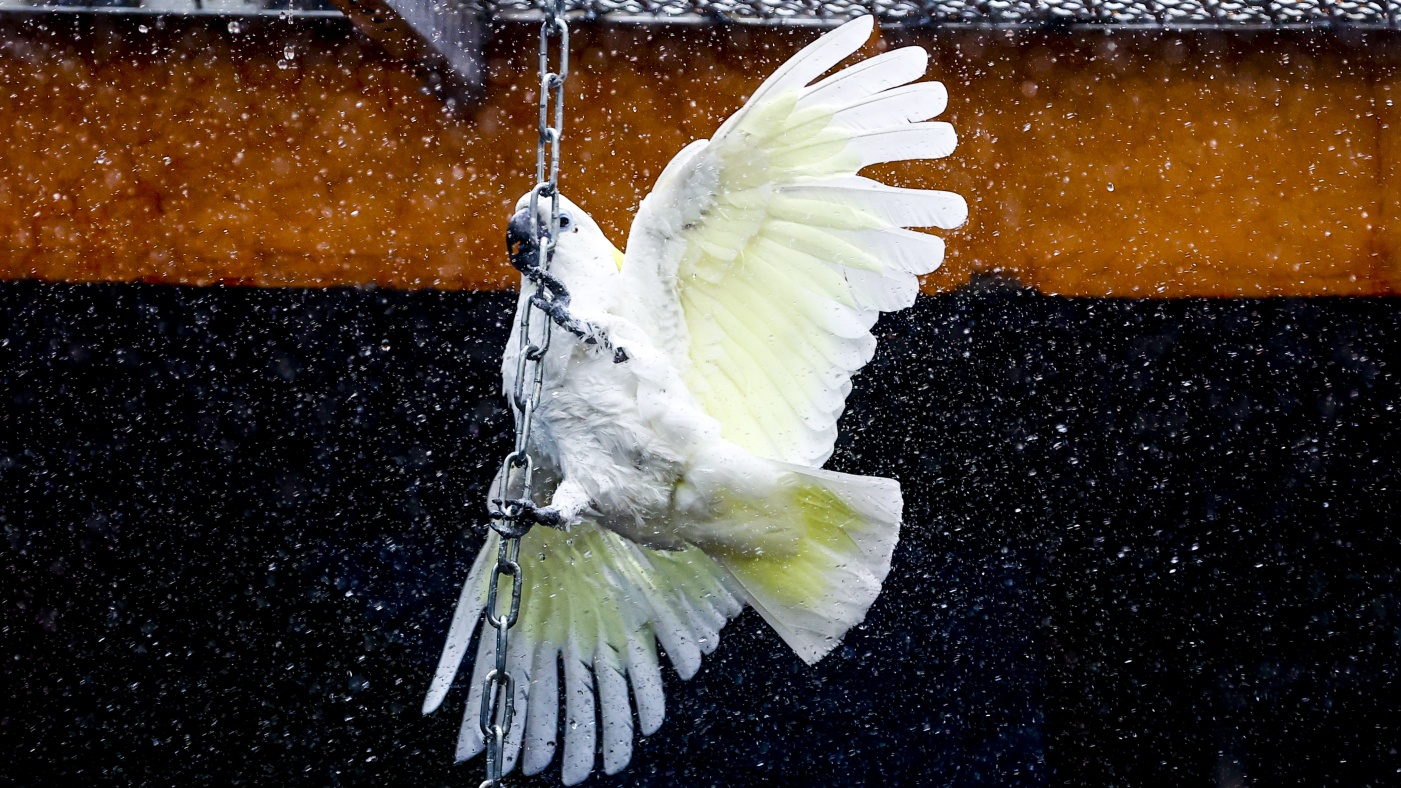Ukraine’s reconstruction cannot be used to justify transforming the economy in favour of oligarchs and corporations
Hanna Perekhoda
30 April 2023
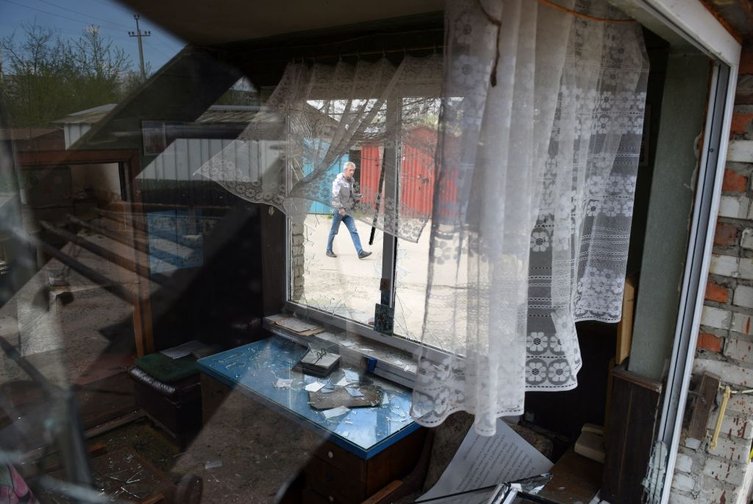
Trade unions have raised concerns that the war has become a 'window of opportunity' for passing controversial legislation |
(c) Yuriy Dyachyshyn/AFP via Getty Images. All rights reserved
For nearly 15 months, millions of Ukrainians have been living under the threat of missiles that can reach any part of the country at any time.
Russia has engaged in a deliberate and systematic strategy of terror against civilians. Those who have found themselves under Russian occupation are victims of forced displacement, murder, rape and torture. Tens of thousands of children are thought to have been deported from the occupied territories to Russia, where their national identity is forcibly erased. With every liberation of a Ukrainian village or town, new crimes come to light, showing the whole world what awaits any territory seized by Russia.
This is why, regardless of political disagreements, all of Ukrainian society is united in the view that Ukraine can only survive if it succeeds in expelling the Russian army from its entire territory. Faced with the explicit genocidal intent of the Russian invasion, Ukraine’s civic and political forces are unwavering in their resistance.
The war has pushed Ukraine’s economy into a deep recession. In a single year of war, the country's GDP has fallen by roughly 30%. High inflation has meant falling real incomes. Only 60% of Ukrainians have been able to keep their jobs, of which only 35% were full-time. Not only did many people lose their jobs – they also lost homes and relatives. There have been tens of thousands of civilian casualties and military casualties must surely exceed that.
Despite these difficult conditions, the Ukrainian people refuse to be passive victims. The capacity of ordinary Ukrainians for self-organisation has been, and remains, one of the keys to the country’s resistance to Russian imperialist aggression.
But instead of focusing on adapting the economy to the needs of war, the Ukrainian authorities have launched a vast privatisation programme. Taking advantage of martial law and the restrictions on demonstrations, the government has also dismantled labour legislation and pushed through a series of other unpopular measures.
This is undermining social cohesion at a time that Ukraine needs it most. Unfortunately, Ukrainian workers are facing attacks from their own government even as they defend the country from an external enemy. Meanwhile, the state fails to meet both security and consumption needs of the population.
After the war, Ukraine will face a colossal task. It will have to deal with the massive destruction of infrastructure, relaunch industry and cope with a major demographic crisis: eight million people, most of them women, have left the country. A significant number of refugees may not return from abroad; some because of the deterioration of social rights and working conditions.
We need to ensure that post-war reconstruction is not used to justify the radical transformation of the Ukrainian economy in favour of oligarchs and corporations,
Yet instead of adopting measures that would encourage Ukrainians to return home after the war, the authorities are calling for the commercialisation of healthcare, the total privatisation of state assets and public service cuts in order to attract foreign investment. In the name of neoliberal dogma, the government is undermining the economic and political sovereignty for which ordinary Ukrainians are giving their lives.
Even in these harsh conditions, Ukrainian workers are mobilising against policies that attack their social rights and while left-wing and trade union activists are supporting their efforts to organise. But these people, who are heroically fighting for their sovereignty on every front, need allies. The international left and labour movement can help Ukrainians regain their independence from the Russian aggressor, as well as to defend themselves against neoliberal dependency.
Military, financial and diplomatic support for Ukraine is essential in order that it achieves not just a ceasefire and a peace that doesn’t last, but the immediate withdrawal of Russian occupying troops from all territory.
Yet we also need to ensure that post-war reconstruction is not used to justify the radical transformation of the Ukrainian economy in favour of oligarchs and corporations, rather than the people. The only way to guarantee national security both in wartime and afterwards is to put in place decent labour conditions in accordance with European and international standards. Ukraine also needs to develop an effective policy on the protection of workers’ rights.
Three initiatives are doing a great deal to bring the voices of Ukrainian progressive organisations to the wider world. The European Network of Solidarity with Ukraine, the US Solidarity Network and Elected Left for Ukraine were founded to provide concrete support to Ukrainian popular resistance. Using their links to civic organisations, trade unions and feminists in Ukraine, as well as Belarusian and Russian anti-war organisations, the two initiatives are supporting the Ukrainian resistance by means of international solidarity, funds and aid convoys.
It is the workers who are keeping Ukraine’s factories, hospitals, schools, trains and offices running, often at risk to their own lives. And it is the workers who are fighting on the front line, ensuring the survival of the state. That is why only Ukrainian workers can decide the future of their country. We must ensure their voices are heard.
